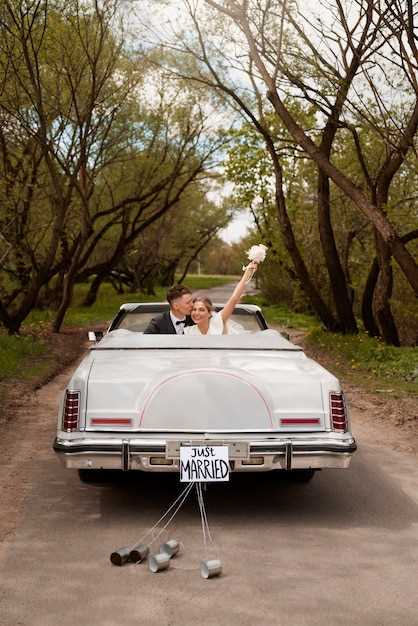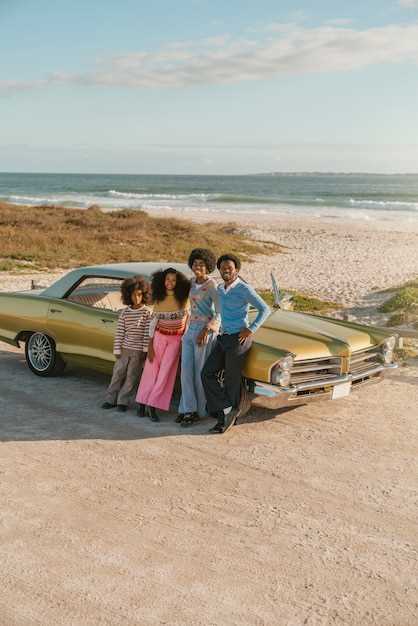
Transporting your vintage car to a show requires careful planning and execution to ensure that your prized possession arrives safely and in perfect condition. The unique characteristics of vintage cars may make them more susceptible to damage during transit, so understanding the best practices can significantly reduce risks. Whether you are a seasoned car enthusiast or a newcomer to the vintage car community, following a few important guidelines can help you safeguard your investment.
First and foremost, selecting the right method for transport is crucial. Options include open trailers, enclosed trailers, and professional transport services. Open trailers expose your vintage car to the elements, while enclosed trailers offer better protection from weather and road debris. If you choose to hire a transport company, ensure they have experience handling classic vehicles. This experience can make a significant difference in the care they provide during the transportation process.
Additionally, proper preparation of your car before transport is essential. This includes securing loose parts, checking fluid levels, and ensuring that tires are correctly inflated. It’s also advisable to document your car’s condition with photographs prior to loading it for transport. This practice can serve as a reference in case of any damages that may occur and helps ensure peace of mind as you navigate the process of transporting your vintage car.
Choosing the Right Transport Method for Your Vintage Car

When preparing to transport your vintage car to an exhibition, selecting the appropriate method is crucial to ensure its safety and integrity. There are several transport options available, and each has unique advantages that cater to different needs.
One popular method is using an enclosed trailer. This option provides maximum protection from the elements, road debris, and potential accidents during transportation. An enclosed trailer also offers a controlled environment, reducing the risk of exposure to fluctuating temperatures and humidity, which can damage the vehicle’s paint and interior.
If you’re looking for a more economical option, an open transporter could be a viable choice. While this method is generally less expensive, it exposes your car to weather conditions and risks from other vehicles on the road. It’s essential to weigh the potential downsides against the savings to determine if this option fits your needs.
For short distances, driving the vintage car to the exhibition may be suitable, provided the vehicle is in good working condition. This option allows you to showcase the car’s performance and engage with enthusiasts along the journey. However, ensure that you have adequate roadside assistance and be prepared for any issues that may arise during the trip.
Another method involves using professional transportation services specialized in classic cars. These companies possess the experience and equipment to handle vintage vehicles safely. They typically offer both open and enclosed transportation options, ensuring your car is in capable hands.
Ultimately, the right transport method will depend on various factors, including your budget, distance to the exhibition, and the condition of your vintage car. Prioritizing safety and care will help ensure your vehicle arrives at its destination in pristine condition, ready to impress at the exhibition.
Preparing Your Vintage Car for Safe Transit

Transporting your vintage car to an exhibition requires meticulous preparation to ensure its safety and integrity. Begin by thoroughly inspecting the vehicle for any mechanical issues or damage that may have occurred since its last use. Check fluid levels, battery condition, and tire pressure to avoid any unforeseen complications during transit.
Secure all loose items inside the car to prevent them from moving around and causing damage. Consider using protective coverings on sensitive areas, such as the seats and dashboard, to shield them from dust and potential scratches. It’s also wise to remove any aftermarket accessories that could be easily damaged during transport.
Choosing the right transportation method is crucial. If you opt for a trailer, ensure it is equipped with a reliable tie-down system to keep your vintage car stable. Using soft straps will help avoid any potential damage to the exterior while securely anchoring the vehicle in place.
Additionally, always document the car’s condition with photographs before loading it. This step records any existing blemishes, helping you track any damages that may arise during the transport process.
Lastly, arriving early at the exhibition ensures you have ample time to decompress and perform another inspection before showcasing your vehicle. Taking these steps will help you focus on sharing your passion for vintage cars while keeping your prized possession safe during transit.
Best Practices for Loading and Unloading at Car Shows
Transporting your vintage car to a show involves careful planning to ensure the process is smooth and safe. Here are essential practices for loading and unloading your vehicle:
- Choose the Right Transportation Method
- Select a suitable trailer or truck that can accommodate the size and weight of your vintage car.
- Consider using an enclosed trailer to protect your car from external elements during transport.
- Prepare Your Car
- Perform a thorough inspection of your vehicle before loading. Check tire pressure, fluid levels, and battery condition.
- Secure all loose items within the car to avoid damage during transport.
- Use Proper Loading Techniques
- When using a trailer, lower the ramp to ensure a gentle incline for your car.
- Drive slowly and steadily up the ramp, keeping the car straight and aligned with the trailer’s center.
- Once loaded, engage the parking brake and use wheel chocks to prevent movement.
- Loading Assistance
- Utilize spotters to guide you during the loading process, especially if visibility is limited.
- If available, use a winch to assist in loading heavier vehicles safely.
- Unloading Your Car
- Conduct a final check of the area where you will unload to ensure it’s safe and free of obstacles.
- Back the vehicle down the ramp slowly, maintaining control at all times.
- Once on the ground, ensure the vehicle is stable before disengaging the parking brake.
- Document the Process
- Take photos before loading and after unloading for your records. This can help with insurance claims if necessary.
- Keep a checklist of items to verify that nothing has been forgotten or left behind.
By following these best practices, you can ensure that your vintage car is loaded and unloaded safely and efficiently, allowing you to enjoy the show without worry.

